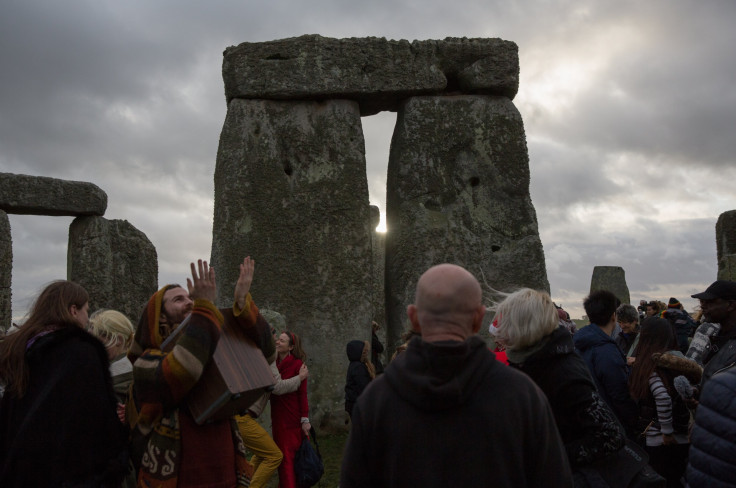Winter Solstice 2016: 3 Things To Know About Rituals, Celebration Of Pagan Yule, Shortest Day Of The Year

For many who are already sick of long nights and wondering when the sun is going to start making a longer appearance in their lives, hope is right around the corner. Winter solstice will occur on Wednesday, marking the shortest day of the year in the Northern Hemisphere, the moment when the North Pole is tilted furthest away from the sun – 23.5 degrees, to be precise. For 2016, the exact moment falls at 5.44 a.m. EST, Dec. 21.
While it also marks the start of astronomical winter, the winter solstice heralds the shift toward increasing sunlight hours. That is certainly something to be cherished today but for many cultures throughout history it has been considered a hugely significant event.
Pagans
Thousands of years ago, when people were dependent on the harvesting of crops for survival, the seasons and the sun were of crucial importance. Thus the winter solstice was seen as a rebirth, marking the start of lighter days. Many ancient civilizations, including the Egyptians, Greeks and Romans, made offerings to gods as a celebration of the sun’s return.
One of the most enduring pagan celebrations of the winter solstice is the ancient German festival of Yule. As well as sacrifices being offered to the god Odin, it was an occasion for much merriment, with feasts, ale drinking and singing.
Stonehenge
Celebrations of winter solstice continue to this day, with one of the most prominent set to take place at Stonehenge. The English historical landmark is believed to have been constructed thousands of years ago by Celtic druids to line up with the exact position of the sunset on winter solstice. It was then the sight for a festival featuring animal sacrifices and much eating and drinking. In 2016, people – druid or not – will be given free admission to the site to observe the solstice, sans-sacrifice.
Christmas
Winter solstice celebrations also continue to live on with Christmas. Many traditions of Yule are linked with the Christian holiday, such as the Yule Log, which was burnt during Yule celebrations in ancient times and has now been made into a tasty treat. Christmas trees, mistletoe and gift-giving also have their roots with the winter solstice.
But the very date Christmas is celebrated also has its roots in the Pagan rituals. No date is given for Jesus’ birth in the Bible and it was originally Easter that was given far greater significance in the Christian calendar. It wasn’t until the fourth century that celebrating Christmas was crystalized in the calendar. It is believed by some that the date of Dec. 25 was chosen for Christmas in part because it coincided with the Roman winter solstice celebration of Saturnalia.
© Copyright IBTimes 2025. All rights reserved.





















